On the morning of July 24, the South Korean Presidential Security Service, the Joint Chiefs of Staff, and the Capital Defense Command were thrown into turmoil. A suspected “trash balloon” from North Korea had landed within the grounds of the Presidential Office.
A Presidential Office official commented to reporters, saying, “We monitored the balloon in real-time through surveillance equipment and implemented safety measures after its fall,” without providing further details.
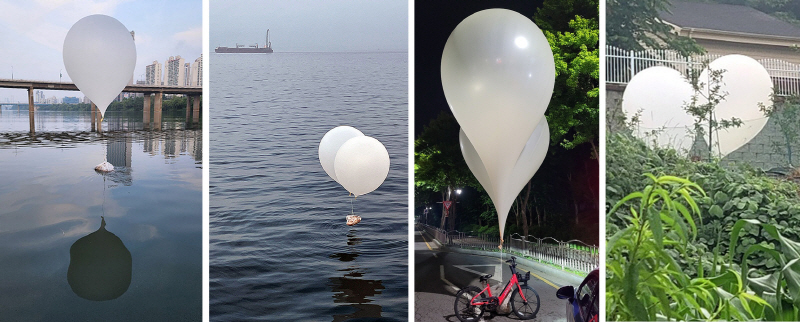
This incident raises concerns that a mysterious object fell near the head of the Commander-in-Chief, with no preemptive interception measures taken. The media and opposition parties were quick to point out that the air defense system of the Presidential Office had been breached. But is this the whole story?
Trash balloons cripple capital’s air defense system
According to an investigation by JoongAng Ilbo, a leading South Korean newspaper affiliated with the Korea Daily, at least 200 suspected North Korean “trash balloons” were discovered to have either been detected over or fallen within the P-73, or no-fly zone, near the Yongsan Presidential Office. This suggests not merely a breach of the air defense system, but a complete neutralization of it.
P-73 is a designated no-fly zone over the Seoul metropolitan area, established and managed by the Capital Defense Command for the President’s security. In late 2022, it became controversial when one of five North Korean drones that crossed the Military Demarcation Line (MDL) entered the zone.
Analysis of North Korea’s 10 trash balloon campaigns
We analyzed the pattern of North Korea’s balloon launches, tracking when, where, and how many fell across South Korea between May 28 and July 24 this year (excluding a smaller 11th launch on August 10).
With the help of Representative Yang Boo-nam’s office from the Democratic Party, data from 17 regional police and fire departments across South Korea were collected and matched with specific addresses obtained through other channels.
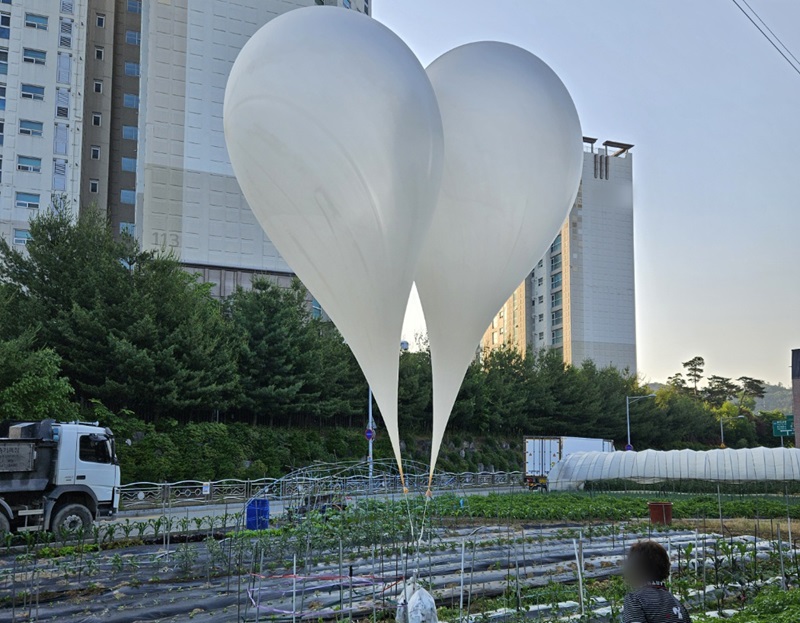
The analysis showed that the locations of the balloons were not random but carefully calculated based on wind direction and speed. North Korea, if determined, could target specific regions with pinpoint accuracy.
Furthermore, the performance of the balloons improved over time, with a higher successful drop rate in later launches. This suggests that these balloon launches were not merely a “filthy psychological warfare,” but rather experiments for data collection on potential air assaults.
We reveal the real threat posed by North Korea’s “trash balloons,” which could potentially be converted into biological or chemical weapons in times of conflict.
Thousands of balloons reported nationwide
Since May 28, a total of 3,479 balloons from 10 launches have fallen in South Korean territory, spread across 95 districts in 7 metropolitan cities and provinces. About 60% (2,075 balloons) fell in Seoul, while the northern part of Gyeonggi Province saw 625 balloons (18%), the southern part 427 (12.3%), and Incheon 202 (5.8%). A staggering 95.7% of the total balloons fell in the densely populated Seoul metropolitan area, clearly indicating North Korea’s intent.
The highest concentration was in Nowon District, Seoul, where 434 balloons were discovered, followed by Yeongdeungpo (147), Guro (134), and Jungnang (130). In Gyeonggi Province, Uijeongbu saw the highest number (161), while the border areas like Yeoncheon and Cheorwon recorded only a handful of balloons.
Balloon cost and impact
According to a North Korean defector group, each balloon costs $50 to $100, with the ones launched later being more advanced. With 3,479 balloons reported, North Korea is estimated to have spent nearly 900 million won (approximately $700,000) on the campaign.
The balloons are often constructed from cheap Chinese imports, and their average successful drop rate in South Korean territory was around 36.6%.
Breaching the P-73 no-fly zone
The most alarming finding is that 162 balloons breached the P-73 no-fly zone. Yongsan, home to the Presidential Office, saw 60 incidents, while Jung District recorded 52. Given the strategic importance of this area, these breaches indicate a serious vulnerability in South Korea’s air defense.
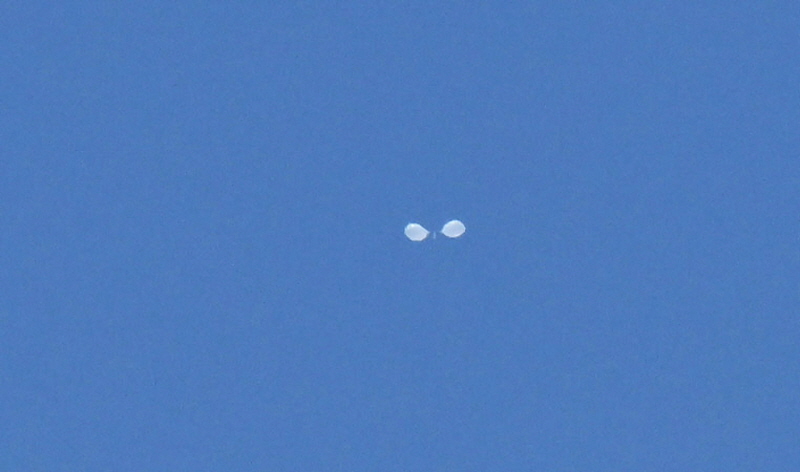
North Korea’s trash balloon provocations seem to be a part of a broader strategy of psychological warfare aimed at inciting division within South Korea. According to experts like Park Yong-han of the Korea Institute for Defense Analyses, these acts are intended to cause internal discord and undermine public trust in the South Korean government.
Concerns About Weaponization
Military experts are concerned about the potential weaponization of these balloons. The possibility of balloons being used as an attack method in the event of an armed conflict or full-scale war between North and South Korea cannot be completely ruled out.
“If lethal substances are injected into the balloons, it is possible to inflict harm on an unspecified number of people,” said Sung Ki-young, a Senior Research Fellow at the Korea Institute for National Security Strategy.
Hong Min, a Senior Research Fellow at the Korea Institute for National Unification, added, “Balloons can have various military uses, including for chemical and biological warfare, reconnaissance, bombs, and air defense.”
Chemical weapons, including VX Used in Kim Jong-nam assassination
According to the Korea Institute for National Unification and other sources, North Korea has been developing a wide range of chemical and biological weapons since the 1980s. It is believed to possess chemical agents such as Sarin (GB) gas, chlorine (CL), cyanide (AC), and VX.
VX, the nerve agent used by North Korea in the 2017 assassination of Kim Jong-nam, the half-brother of Kim Jong-un, can cause death by asphyxiation after paralyzing the diaphragm even in small amounts absorbed through the skin.
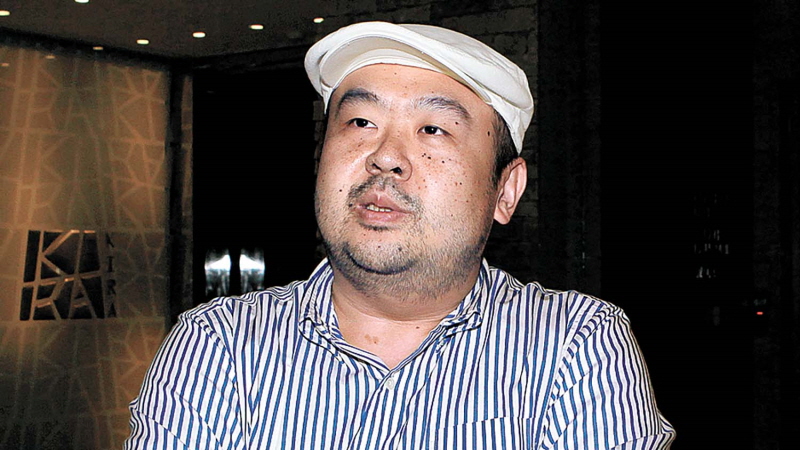
North Korea’s stockpile of chemical weapons is estimated to be between 2,500 and 5,000 tons (Ministry of National Defense). While missiles, artillery shells, or aircraft are the most effective means of dispersing chemical weapons, experts warn that they could also be deployed using drones or balloons.
Biological weapons: The poor man’s nuclear weapon
North Korea also possesses several biological weapons, often referred to as “the poor man’s nuclear weapon” due to their low cost and high lethality. South Korean military authorities believe North Korea has weaponized anthrax, smallpox, plague, cholera, and botulinum toxin, the main ingredient in Botox.
Biological agents like anthrax and plague have mortality rates exceeding 90%, while botulinum toxin, with a 65% mortality rate, is especially dangerous—just 1 gram can kill approximately one million people.
While the likelihood of North Korea using balloons for chemical or biological warfare remains low unless they are prepared for full-scale war, there is a strong possibility that they are using “trash balloons” for military purposes, gathering data for future use.
From the South Korean government’s perspective, there are few effective countermeasures. Shooting down balloons with machine guns or artillery risks fallout and could give North Korea a pretext for provocation.
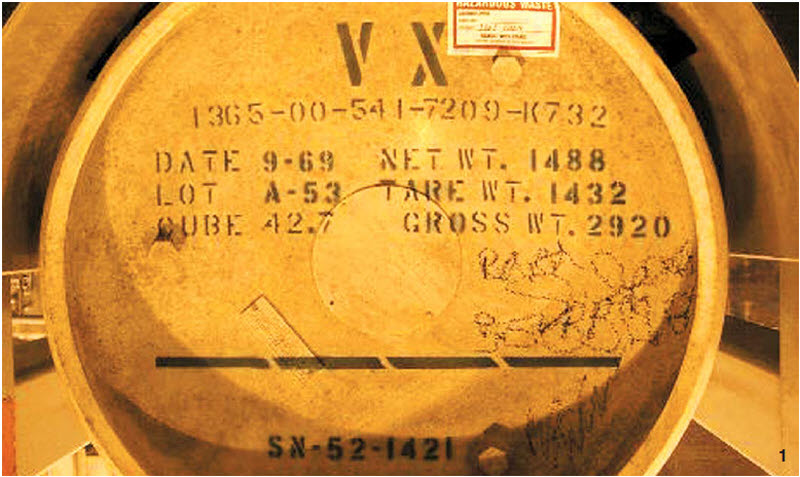
North Korea’s stockpile of chemical weapons, including VX, is estimated to be between 2,500 and 5,000 tons [YONHAP]
There is growing concern that North Korea’s trash balloon provocations may expand and intensify. Kim Jong-un has long defined inter-Korean relations as being between “two hostile states,” and South Korean President Yoon Suk Yeol recently declared the “Unification Doctrine” that he aims to expand access to information for North Korean citizens. This could lead to an increase in the distribution of leaflets to North Korea, which in turn may provoke a stronger response from the North, including more frequent use of filth balloons.
The northwesterly winds of autumn
In the current National Assembly, 10 amendments to the “Development of Inter-Korean Relations Act” have been proposed to regulate leaflet launches by South Korean civil organizations. Most of these amendments would require prior notification of leaflet distributions, allow police to prevent them under certain circumstances, and impose stricter penalties for violations.
In a June poll by Gallup Korea, 60% of respondents said they viewed North Korea’s filth balloons as a threat, and an equal percentage said the government should prevent civil groups from launching leaflets to the North. More than 10,000 firefighters have been dispatched in response to reports related to these balloons.
The government and the National Assembly must urgently devise effective measures to block trash balloons, which pose a real and growing threat to the public. Time is running out. The southeasterly winds of summer will soon give way to northwesterly winds—the ideal conditions for North Korea to launch its filth balloons.
BY TAEYUN KIM, YOUNGNAM KIM [kim.taeyun@joongang.co.kr]

![Korean Woman Deported After Using Altered Passport Name Old and new Korean passport [JoongAng Photo]](https://www.koreadailyus.com/wp-content/uploads/2025/06/0630-passport-100x70.jpg)
![Korean homeless residents face eviction from LA-subsidized housing Hyun Park(left), a long-term resident of a homeless rental housing unit, speaks with KYCC Director Rick Kim (far right). [Sangjin Kim, The Korea Daily]](https://www.koreadailyus.com/wp-content/uploads/2025/06/0630-homeless-100x70.jpg)

